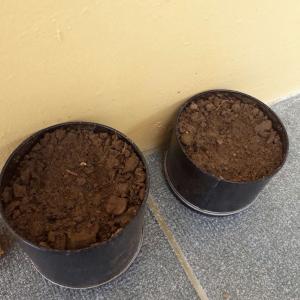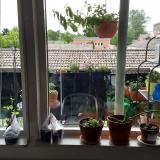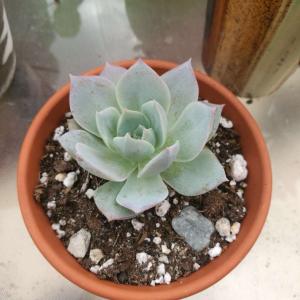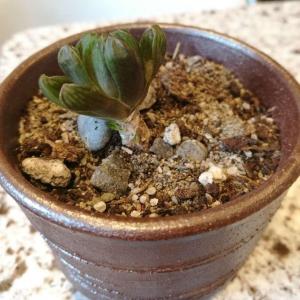成长记
Nyes
2017年07月29日

I new added a "Crassula" in my "garden"
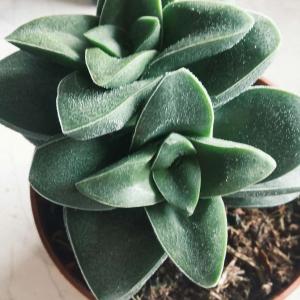

4
0
brielle:lovely!
Ueca:Crassula "Moonglow"
文章
Dummer. ゛☀
2017年07月29日

Family - Hypericaceae
Stems - Woody, sprawling to erect, much branched, multiple from base, bark shredding, to 30cm tall, from thick roots. New growth glabrous, winged. Bark bronze to reddish in color.
Leaves - Opposite, decussate, sessile, punctate, glabrous, oblanceolate, rounded at apex, entire, to +/-2cm long, +/-6mm broad.
Inflorescence - Terminal and axillary pedicillate flowers. Pedicel to 3mm long. Flower subtended by pair of brown attenuate bracts to 2mm long.
Flowers - Petals 4, yellow, 7-8mm long, 2.5-3mm broad, glabrous, blunt to acute at apex, lying flat on large sepals below, in two opposing pairs. Stamens +/-20, erect. Filaments 3-4mm long, filiform, yellow, glabrous. Anthers yellow-orange, .1mm in diameter. Ovary superior, flattened-ovoid, 3mm long, 1.5mm broad at base, glabrous. Styles 2, .5mm long. Sepals 4, in two pairs. One pair of sepals much larger than second pair, to 7.5mm long, 5mm broad, ovate, acute, glabrous. Small pair of sepals 1mm long, scalelike, acute, decussate to larger sepals. Fruit an ovoid capsule, many seeded.
Flowering - July - October.
Habitat - Dry rocky open woods, upland slopes and ridges, ravines.
Origin - Native to U.S.
Other info. - This plant is common in the southern half of the state. It is easy to ID in the field because of the distinctive flowers, which have the four petals in opposing pairs, and the reddish shredding bark.
Steyermark lists two varieties for the species. Var. muticaule (Michx.) Fern., is much more common in the state and is described above. Var. hypericoides has a more erect growth pattern, typically a single main stem which is branched, and leaves varying from linear to narrowly elliptic.
Stems - Woody, sprawling to erect, much branched, multiple from base, bark shredding, to 30cm tall, from thick roots. New growth glabrous, winged. Bark bronze to reddish in color.
Leaves - Opposite, decussate, sessile, punctate, glabrous, oblanceolate, rounded at apex, entire, to +/-2cm long, +/-6mm broad.

Inflorescence - Terminal and axillary pedicillate flowers. Pedicel to 3mm long. Flower subtended by pair of brown attenuate bracts to 2mm long.

Flowers - Petals 4, yellow, 7-8mm long, 2.5-3mm broad, glabrous, blunt to acute at apex, lying flat on large sepals below, in two opposing pairs. Stamens +/-20, erect. Filaments 3-4mm long, filiform, yellow, glabrous. Anthers yellow-orange, .1mm in diameter. Ovary superior, flattened-ovoid, 3mm long, 1.5mm broad at base, glabrous. Styles 2, .5mm long. Sepals 4, in two pairs. One pair of sepals much larger than second pair, to 7.5mm long, 5mm broad, ovate, acute, glabrous. Small pair of sepals 1mm long, scalelike, acute, decussate to larger sepals. Fruit an ovoid capsule, many seeded.

Flowering - July - October.
Habitat - Dry rocky open woods, upland slopes and ridges, ravines.
Origin - Native to U.S.
Other info. - This plant is common in the southern half of the state. It is easy to ID in the field because of the distinctive flowers, which have the four petals in opposing pairs, and the reddish shredding bark.
Steyermark lists two varieties for the species. Var. muticaule (Michx.) Fern., is much more common in the state and is described above. Var. hypericoides has a more erect growth pattern, typically a single main stem which is branched, and leaves varying from linear to narrowly elliptic.
0
0





